One of the first great stops to do on the South Island after you have started making your way South from the Abel Tasman area is Cape Foulwind. People are drawn to this area for not only the dramatic coastal views but the colony of sea lions that occupy the area.
You’ll start off in the car park before heading down the clearly marked path towards the seal colony. The views between the car park and seal colony are stunning, so take your time and be sure to stop off along the way for photos of the beach and coast.
Most of the walkway is paved and easy traveling. You can access the seal colony from the car park in a pretty easy 20-minute return walk. If you would like to complete the whole Cape Foulwind track, be sure to give yourself around 1.5 hours to complete the walk.
This will include some time for you to stop off and take photos along the way and once you reach the seal colony. You have the option at that point of turning around and heading back or completing the loopback. Continuing your walk will provide more amazing coastal views.
The region is very tidal, so depending on the time of day you chose to pay for your visit, you may see a large beach or hardly any beach. The morning we arrived there, the coast boasted one of the largest beaches I have ever seen. Combined with the overcast day and small sprays of blue and light from the sky, it made for a stunning visit.
Don’t leave home without: Lonely Planet New Zealand (Travel Guide)
6 Reasons to Visit Cape Foulwind, New Zealand
Table of Contents
There are some beautiful spots to explore at Cape Foulwind, and once you have visited the great coastline here, there are some excellent sights to see in the nearby town of Westport too. Here are the best things to do and the best places to see in Cape Foulwind.
Cape Foulwind Walkway
The best way to experience Cape Foulwind and the exceptional scenery of the coast is to hike the Cape Foulwind Walkway. This short trail is 3.4 kilometers long, but it’s a one-way walking route, so you will have to walk back unless you can get a life at the other end.
You start at either Tauranga Bay car park, or Cape Foulwind car park, and follow the path between the two. If you are doing the return journey, you can expect it to take around 2 hours or less, depending on how many times you stop for photographs – which could add on a lot of time, in this scenic part of the world!
Along the route, look out to sea and you will find seals, whales, and dolphins in the waters.
Get Up Close and Personal with the Tauranga Bay Seal Colony
Tauranga Bay is found at the start of the Cape Foulwind Walkway and is one of the best places along the West Coast to see seals in the wild.
A large population calls Tauranga Bay home, and throughout most of the year, you’ll see a few lazing around on the rocks, while in summer, they appear in droves and are somewhat more energized.
Tauranga is the local Maori name for Cape Foulwind, and here you have the opportunity to see fur seals, in large numbers, making this one of the best wildlife-spotting locations in New Zealand.
Cape Foulwind Lighthouse is a Gem
The Cape Foulwind Lighthouse is the most prominent landmark you’ll find along the coast – indeed, it’s one of the few man-made constructions you’ll find here.
You’ll spot it from a long way off when you are hiking the Cape Foulwind Walkway, and you’ll find that it’s a rather photogenic spot to visit.
Carters Beach in Untouched
On the short drive out from Westport towards Cape Foulwind, you’ll pass by the beautiful sight of Carters Beach. This wonderful stretch of sand is unique along the West Coast of New Zealand because the bay it’s found in shelters the water here enough to make this the only safe swimming area on the coastline.
You’re best visiting in summer if you fancy a dip, but the rest of the year, even when the water is cold, it still looks absolutely stunning.
Excellent Surfing
The coast here has become popular with surfers, because of the big waves and swells that are found in the Tasman Sea. There are several surf schools in Westport, and they can give you the local knowledge you need to find the safe spots – the coast can be notoriously dangerous in some places.
Closer to Westport, and at Carters Beach, there are even a few spots that are suitable for beginners, and you’ll find few other places in New Zealand to learn that are so striking and so dramatic.
Westport is Charming
Although it’s a small little community, Westport is a charming, laidback place to visit, and you’ll need to at least pass through on your way to Cape Foulwind.
There are a few places to stay overnight here, including a backpackers, if you are looking to spend a few days in the area, as well as a few cafes and the excellent West Coast Brewery, a local brewery specializing in craft beer.
You can call in at the Coaltown Museum, to find out why the first European settlers were drawn to Cape Foulwind in the 19th century. You’ll see what life was like as they flocked here during the gold rush, and learn about how coal then became known as the ‘black gold’ for those that lived here.
There are stories from the first settlers and tales of the hardships of the mines. It’s an interesting little place, and a great chance to explore local life in small-town New Zealand.
Cape Foulwind, New Zealand Planning Tips
Location and How to Visit Cape Foulwind
Cape Foulwind is the windswept promontory that’s found in the West Coast region of New Zealand’s South Island. This beautifully rugged part of the country is in a fairly remote location, and although it stretches for hundreds of kilometers alongside the Tasman Sea, it’s home to just a small population.
The nearest large town – although, this is large by New Zealand standards remember – is Westport, which itself has only a population of around 4000 people calling it home.
Westport is just a short 15-minute drive away from Cape Foulwind, and to get around, you’ll either need to hire a taxi, hitchhike, cycle or have your own vehicle, as there’s little in the way of public transport here.
It is possible to travel along the West Coast by bus, and there is a route connecting Nelson in the north, with Westport, which is a 3-hour drive away. From Westport, once you have explored Cape Foulwind, you could then carry on by bus further south, to iconic spots such as Franz Josef Glacier for instance.
Due to this relative isolation though, and the limited number of intercity buses along the West Coast, the best way to experience Cape Foulwind is to hire your own car or campervan.
You can start in Nelson and work your way down the West Coast, or alternatively, you could start at Christchurch in the east, a city with good international connections if you are flying into New Zealand. Christchurch is roughly a 4 or 5-hour drive away from Cape Foulwind, but there’s plenty to see along the way.
You’ll only need a day to explore Cape Foulwind itself and perhaps one or two more to experience the surrounding area, but you can easily incorporate a trip here into a wider road trip around the South Island, the opportunities and places to visit are almost endless in this part of New Zealand.
Read reviews and check prices with our Hotel Search Engine, which gives you the best hotel deals found on the web. Our search engine pulls results from all of the major booking places, including Expedia, Hotels, Booking and more. All the options, all the deals, all in one place and just for you.
The Best Time of Year to Visit Cape Foulwind
Cape Foulwind is best visited in the summer season. The West Coast has a temperate climate for the most part, but much of the year it experiences heavy rainfall and high winds. In summer, between November and February, you’ll miss most of this, except in the shoulder season.
Even in summer, you won’t find the place overrun with tourists either, as it’s not quite as popular a destination – yet, anyway – as the more well-known locations further south. The area has an abundance of wildlife, and in particular, is famed for its seal colonies.
In summer, these are found in their largest numbers, giving you yet another reason to visit then, besides the warm weather.
Winter, from June to August, can be rather cold, and incredibly rainy, so you may want to try and avoid this season if you are looking to enjoy the hikes at their best.
The History of Cape Foulwind
Cape Foulwind can trace the intriguing origins of its unusual name to the voyages of Captain Cook. Although Abel Tasman, the Dutch explorer, was the first European to navigate and begin to chart the western side of New Zealand – he named it Rocky Cape, in its Dutch equivalent – Captain Cook christened the promontory here Cape Foulwind in recognition of the fierce winds that blew his ship, the Endeavour, far off course in 1770.
Little has changed in the few hundred years since, and you’ll soon understand why Cape Foulwind is a very fitting name for this rugged, remote and windswept coastline.
At the time of Captain Cook’s voyage here, the area was occupied by Maoris, although they were few in number in comparison to the more populated North Island, and the area remained vastly isolated. Europeans only began to settle here in the mid 19th century, when gold was discovered in the region.
A mining boom ensued, and much of the modern history of the wider West Coast is very much related to the extraction of gold and other ores from the land, a history which you can find in many museums and abandoned gold mining sites in the region.
Today, the most important industry is tourism, and you’ll soon see why tourists love it in this part of New Zealand.
The Wildlife of Cape Foulwind
The conditions at Cape Foulwind are perfect for it to be home to a wide array of wildlife. With few people around, much of the coastline is untouched, with pristine beaches and secluded bays that provide excellent habitats for many different species.
In the waters of the Tasman Sea, you can frequently spot dolphins and whales from the coast, including the small Hector’s Dolphins – an endangered species – and the magnificent Orca Whales.
The most famous inhabitants of Cape Foulwind though, are the seals that live here throughout much of the year. Their breeding season is in the summer, from November through to February, and at this time of year, you can see them all along the coastline.
| Recommended Tours | ||
 |  |  |
 |  |  |
| HIGHLIGHTS OF NEW ZEALAND Auckland to Christchurch 15 days Small Group 12-16 People | NEW ZEALAND–SOUTH ISLAND ENCOMPASSED Wellington to Wellington 16 days Small Group 12-16 People | NEW ZEALAND–NORTH ISLAND ENCOMPASSED Auckland to Wellington 10 Days Small Group 12-16 People |
| Check Price | Check Price | Check Price |
More on New Zealand:
- 51 Epic Things to Do in New Zealand
- 20 Awesome Things To Do In Queenstown, New Zealand
- Complete Queenstown Accommodation Guide
- 11 Stunning Things to do in Lake Tekapo New Zealand
- The Catlins, New Zealand: 7 Best Places to Visit (Plus Travel Tips!)
- Two Week New Zealand South Island Itinerary
- 19 North Island New Zealand Photos That Inspire Travel
- 25 New Zealand Photos That Showcase the South Island
- Travel Recap- 5 Weeks in New Zealand
- The Tongariro Crossing is the Best Hike in New Zealand
- Two Week North Island New Zealand Itinerary
- Kaikoura Whale Watching: The Ultimate Guide
- Things To Do In Kaikoura, New Zealand
- Karangahake Gorge: Off the Beaten Track in NZ
- Piha Beach Planning & Surf Guide
- Best Time to Visit New Zealand: Month by Month Breakdown

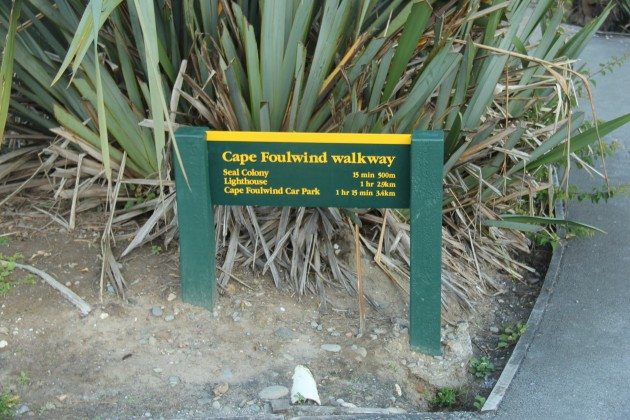
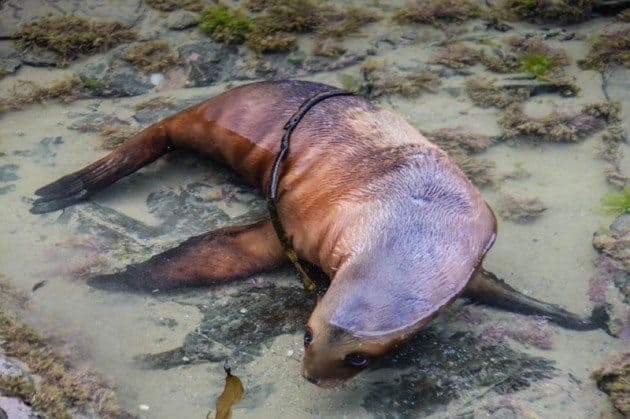
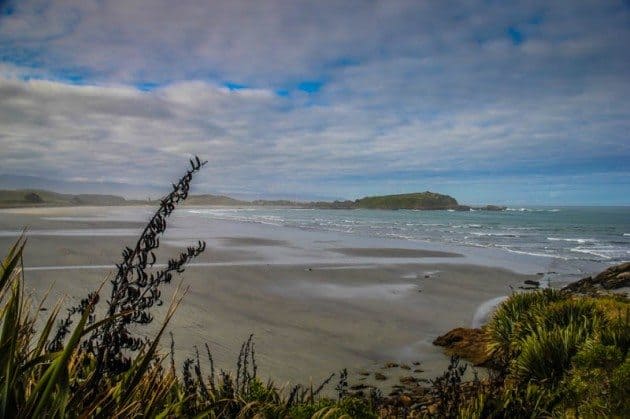
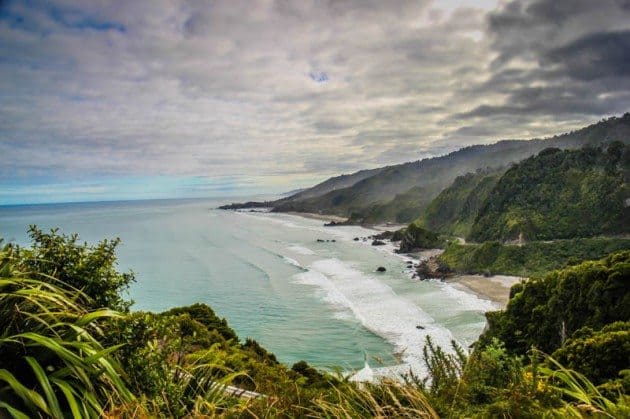
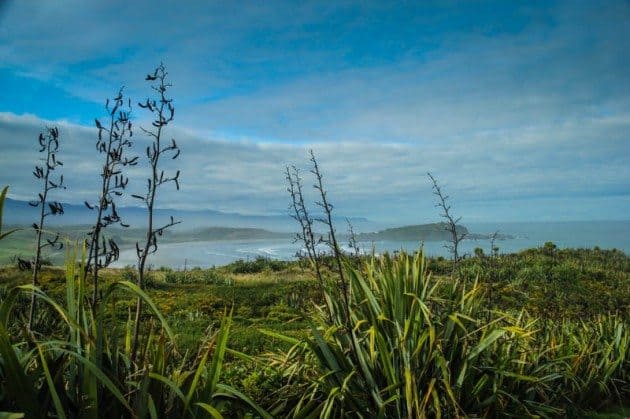
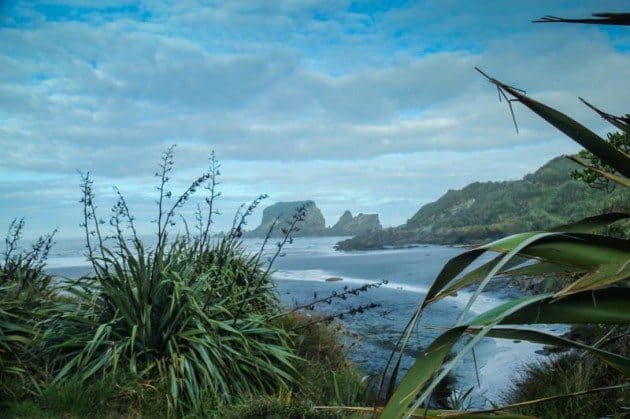

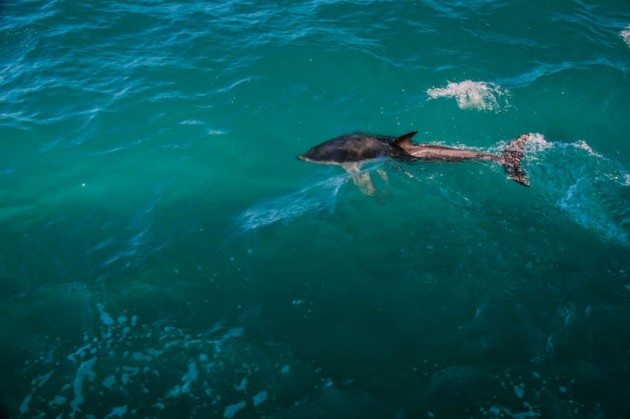

Very nice. A deffinate on my to do list.
Yep, totally worth a stop in New Zealand on your next trip. 🙂